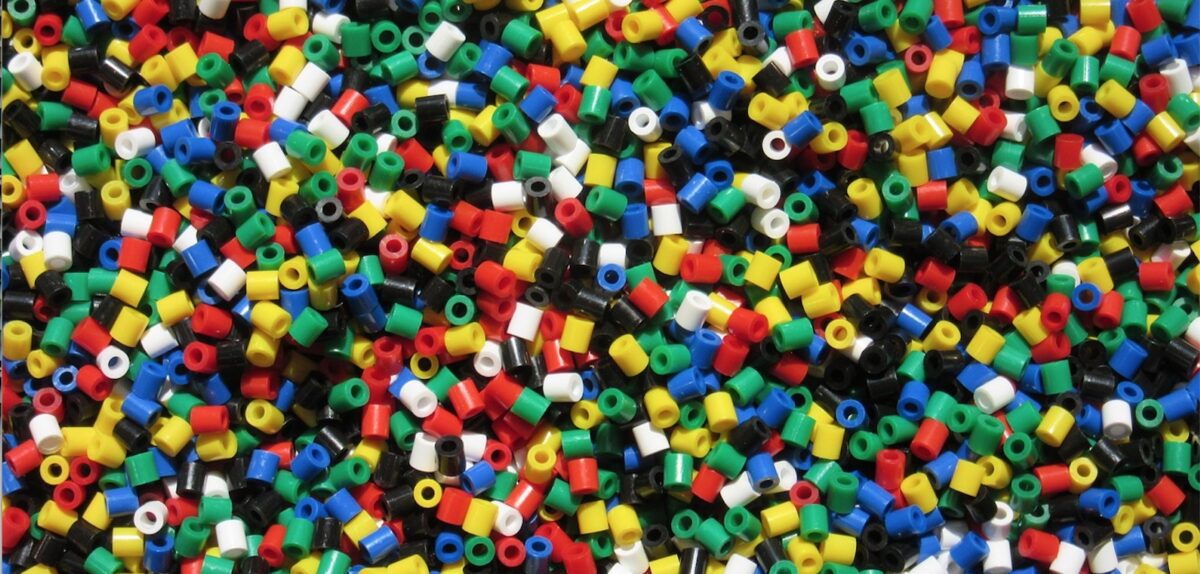A recent study has found that the amount of microplastics found at the bottom of oceans has tripled in the last 20 years. Tiny pieces of plastic debris, smaller than what can be seen with the human eye, have been building up on the seabed at a depth of over 100 meters. Their accumulation mimics the increasing amount of plastic products used by society, such as packaging, bottles, and clothing. The study shows that the world is still far from achieving a reduction in single-use plastic. The team analyzed five sediment cores that were extracted in the Balearic Sea in November 2019, which allowed researchers to see how many microplastics were on the seafloor from 1965, when plastic mass production started, onward. The results show that since 2000, the amount of broken-down plastic particles on the seafloor has tripled and that, far from decreasing, the accumulation has not stopped growing, mimicking the production and global use of these materials. The plastic particles remain unchanged once deposited, degradation is minimal, so plastics from the 1960s remain on the seabed, leaving the signature of human pollution there. The environmental impacts of microplastics are yet to be fully understood, although it has been well established that the tiny pieces of plastic have been able to contaminate both food and water supplies. Previous research has estimated that up to 14 million tons of microplastics lie on the seafloor, with plastic pollution reaching the sea ice around Antarctica and even the world’s deepest waters of the Mariana Trench.
Source: Daily Mail

